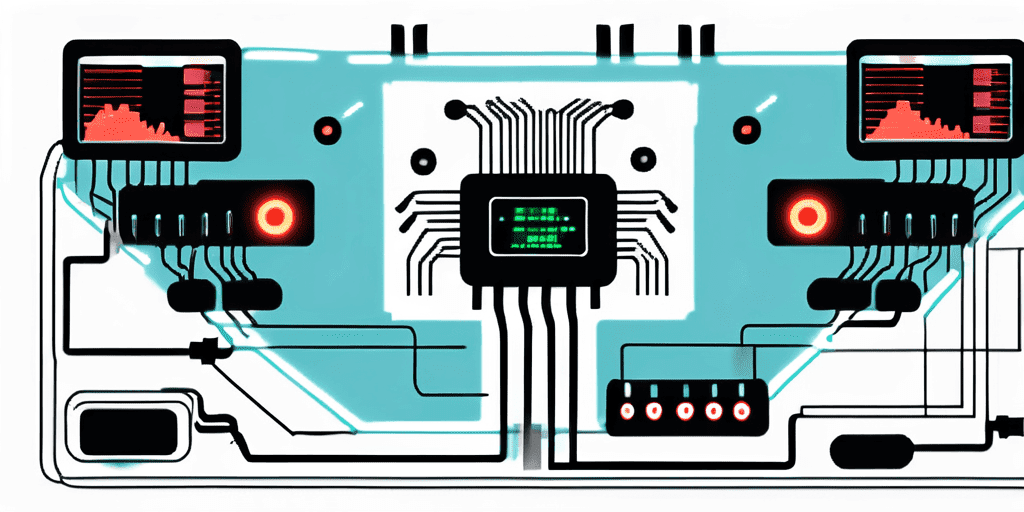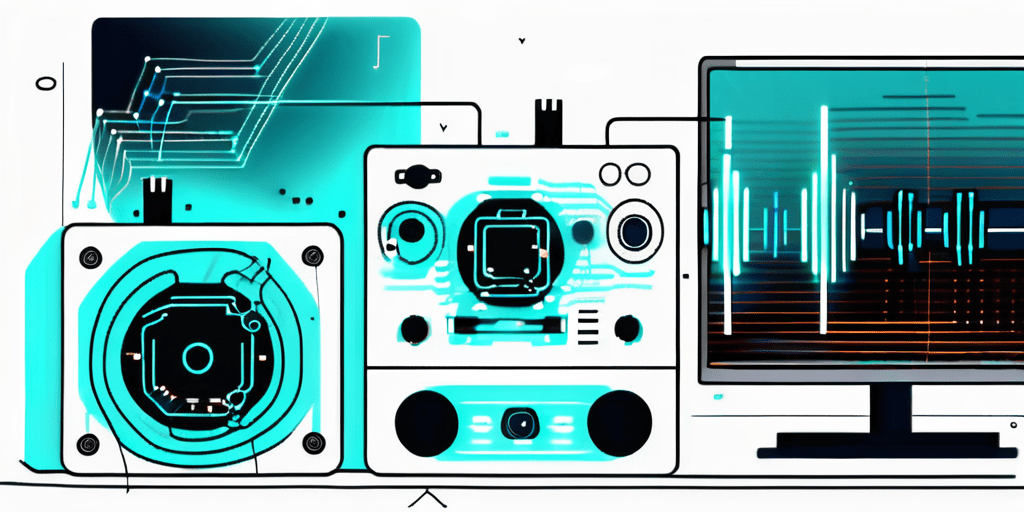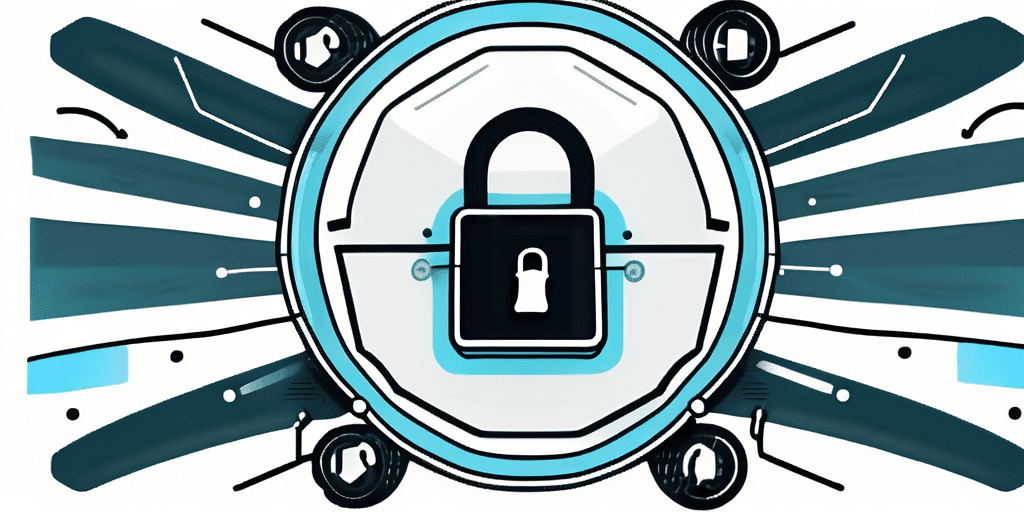Updated October 26, 2024
In our increasingly connected world, the threat of cyber attacks extends beyond computers and smartphones. With the advent of Internet of Things (IoT) devices, even life-saving medical devices are potential targets. One such device is the pacemaker, a small implantable device that helps regulate a person’s heartbeat. While pacemakers have undoubtedly improved the quality of life for millions of individuals, they are not immune to hacking. Understanding the risks and taking preventive measures is crucial to ensuring the safety and well-being of patients who rely on these devices.
Understanding Pacemaker Hacks

The Basics of Pacemakers and Digital Security
Pacemakers are small devices that monitor and regulate the electrical impulses in the heart to maintain a steady heartbeat. They are implanted surgically and typically programmed by healthcare professionals to suit the individual patient’s needs. Modern pacemakers are equipped with wireless capabilities, allowing healthcare providers to monitor and adjust their settings remotely without the need for invasive procedures.
However, this convenience comes with a potential downside – the vulnerability to hacking. Several high-profile incidents have highlighted the threat posed by pacemaker hacks in recent years.
How Pacemaker Hacks Occur
Like any other IoT device, Pacemakers communicate wirelessly using radio frequency (RF) signals. Hackers exploit vulnerabilities in the pacemaker system to gain unauthorized access and tamper with the device’s functionality. This can include altering the heartbeat rhythm, draining the battery, or even causing the device to malfunction, which poses a serious threat to the patient’s life.
One common method of pacemaker hacking is unauthorized access to the pacemaker’s programming interface. By gaining access to this interface, hackers can modify the device’s settings and override the controls put in place by healthcare professionals.
Another avenue for pacemaker hacks is wireless communication between the pacemaker and external monitoring devices. If these communication channels are not properly secured, hackers can intercept and manipulate the data to their advantage.
Researchers have discovered that pacemakers can be vulnerable to attacks through proximity-based techniques. This means that a hacker could potentially gain control of a pacemaker by being physically close to the patient. By using specialized equipment, hackers can exploit the wireless signals emitted by the pacemaker, allowing them to manipulate the device’s functionality without even needing to access the programming interface.
The increasing connectivity of pacemakers to other medical devices and systems opens up additional avenues for potential hacks. For example, if a pacemaker is connected to a hospital’s network, it becomes susceptible to attacks from external sources. Hackers could potentially infiltrate the hospital’s network and gain access to the pacemaker, compromising its security and putting the patient’s life at risk.
It is worth noting that manufacturers and healthcare providers are aware of these vulnerabilities and are continuously working to improve the security measures in pacemakers. They are implementing encryption protocols, authentication mechanisms, and regular software updates to mitigate the risk of hacking. Regulatory bodies are also taking steps to enforce stricter cybersecurity standards for medical devices, ensuring that patient safety remains a top priority.
The Risks Associated with Pacemaker Hacks

Potential Health Consequences
The potential health consequences of pacemaker hacks are dire. By manipulating the pacemaker’s programming, hackers can disrupt the patient’s heartbeat, leading to irregular rhythms or complete cardiac arrest. In some cases, patients may experience dizziness, fainting, or shortness of breath due to the altered pacing of their heart.
Emotional and Psychological Impact
Aside from the physical risks, pacemaker hacks can have severe emotional and psychological impacts on individuals who rely on these devices. The loss of trust in a life-saving device and the fear of being vulnerable to cyber attacks can lead to heightened anxiety, depression, and a decreased quality of life.
The emotional toll of feeling violated and invaded by a malicious external force can be overwhelming for pacemaker patients. The sense of personal security and autonomy is shattered when one’s own body, which is supposed to be a source of strength and reliability, becomes a target for potential harm through cyber means.
The constant fear and paranoia that come with the knowledge that a pacemaker can be remotely tampered with can lead to social withdrawal and a reluctance to engage in normal daily activities. The once mundane tasks of going for a walk or attending social gatherings may now be fraught with anxiety and fear, as the individual grapples with the uncertainty of their own safety.
Preventing Pacemaker Hacks

Steps to Secure Your Pacemaker
While pacemaker hacks are a concerning reality, there are steps patients can take to minimize the risk:
- Regularly update the pacemaker’s software: Manufacturers often release updates to address security vulnerabilities. Patients should stay informed about such updates and work closely with their healthcare providers to ensure their pacemakers are up-to-date.
- Secure wireless communication: Patients should ensure that their pacemakers are connected only to trusted and secure monitoring devices. Implementing robust encryption protocols can help protect against unauthorized access.
Role of Healthcare Providers in Pacemaker Security
Healthcare providers also play a pivotal role in pacemaker security. They should stay abreast of the latest cybersecurity threats and work closely with manufacturers to implement robust security measures in pacemaker systems. Regular monitoring, timely software updates, and patient education are essential to ensure pacemaker security.
Patients with pacemakers should be cautious about sharing their personal information online, as hackers can potentially use this information to access their medical devices. It is important for individuals to be mindful of the information they disclose on social media platforms and to use privacy settings to limit access to personal details.
In addition to software updates and secure communication, patients can benefit from physical security measures. For instance, keeping the pacemaker identification card with them at all times can help healthcare providers quickly identify the device in an emergency. Moreover, patients should be vigilant about suspicious activity around their pacemakers and immediately report any concerns to their healthcare providers.
Legal and Ethical Aspects of Pacemaker Hacks
Current Laws Regarding Digital Health Device Hacking
As technology progresses, legislation is evolving to address the growing threat of cyber attacks on medical devices. Regulatory bodies in various countries have implemented guidelines and regulations regarding the security of IoT medical devices, including pacemakers. For example, in the United States, the Food and Drug Administration (FDA) released guidelines for managing cybersecurity risks in medical devices.
With healthcare systems becoming increasingly interconnected and telemedicine rising, the vulnerability of digital health devices to cyber threats has become a major concern. The European Union’s Medical Device Regulation (MDR) and the General Data Protection Regulation (GDPR) also play crucial roles in setting standards for the security and privacy of medical devices and patient data.
Ethical Considerations and Discussions
Pacemaker hacks raise important ethical questions about patient safety, privacy, and consent. The medical community is engaged in ongoing discussions to strike the right balance between innovation and patient security.
Healthcare professionals and researchers are exploring the ethical implications of potential scenarios where pacemakers could be hacked, such as unauthorized patient data access or malicious device functionality tampering. Ensuring patient autonomy and informed consent in the context of digital health interventions is paramount, requiring a delicate balance between protecting patient privacy and enabling technological advancements in healthcare.
Future of Pacemaker Security
Technological Advances in Pacemaker Security
Researchers and manufacturers are developing innovative solutions to address the growing concerns related to pacemaker hacks. Advances in encryption techniques and secure communication protocols can significantly enhance pacemaker security.
Integrating artificial intelligence (AI) and machine learning algorithms into pacemaker systems is being explored to detect and prevent potential cyber threats in real-time. By continuously analyzing data patterns and anomalies, AI-powered pacemakers can adapt their security measures to evolving risks, ensuring a proactive defense against hacking attempts.
The Role of Policy in Ensuring Pacemaker Security
In addition to technological advancements, policy-level interventions are crucial in safeguarding pacemaker users. Governments and regulatory bodies must continue collaborating with healthcare providers and manufacturers to establish comprehensive cybersecurity regulations and standards for medical devices.
International cooperation and information sharing among regulatory agencies are essential to address global cybersecurity challenges in the medical device industry. A unified front can be presented against cyber threats targeting pacemakers and other critical healthcare technologies by harmonizing standards and best practices across borders.
Conclusion
Pacemaker hacks pose a real and potentially life-threatening risk to users. It is imperative that patients, healthcare providers, and policymakers actively work together to enhance the security of these devices. By understanding the risks, taking preventive measures, and leveraging technological advancements, we can ensure the safety and well-being of individuals relying on pacemakers for healthier and happier lives.
As you consider the importance of pacemaker security and the broader implications for medical device cybersecurity, remember that proactive measures are vital to protecting against cyber threats. Blue Goat Cyber, a Veteran-Owned business specializing in medical device cybersecurity and compliance, is here to help secure your devices and systems. With expertise in HIPAA and FDA compliance, SOC 2, and PCI penetration testing, we are dedicated to safeguarding your business against attackers. Contact us today for cybersecurity help and ensure your patients’ and products’ safety and well-being.
